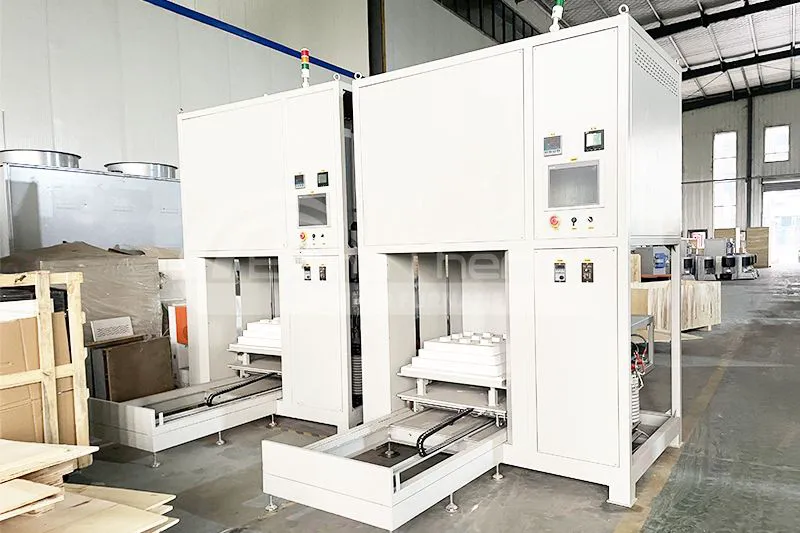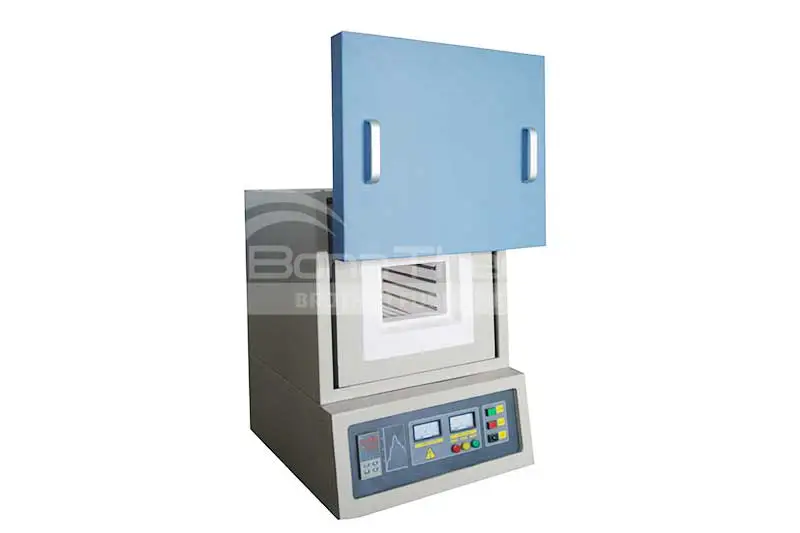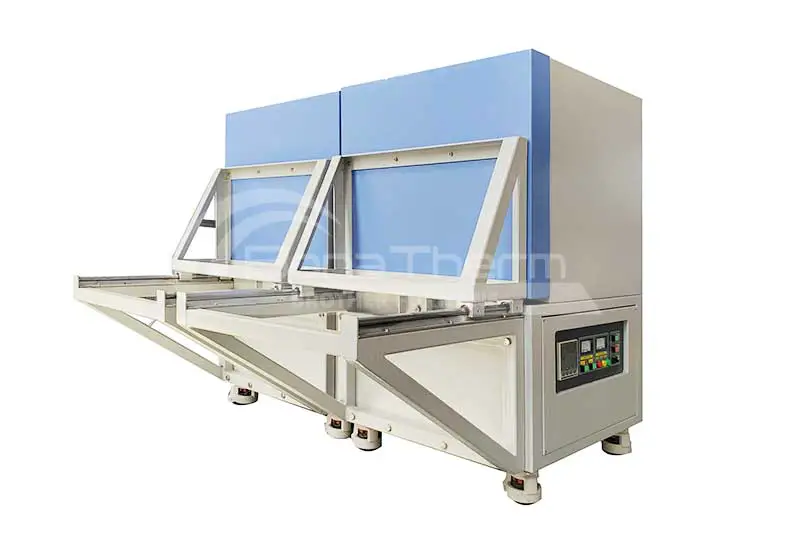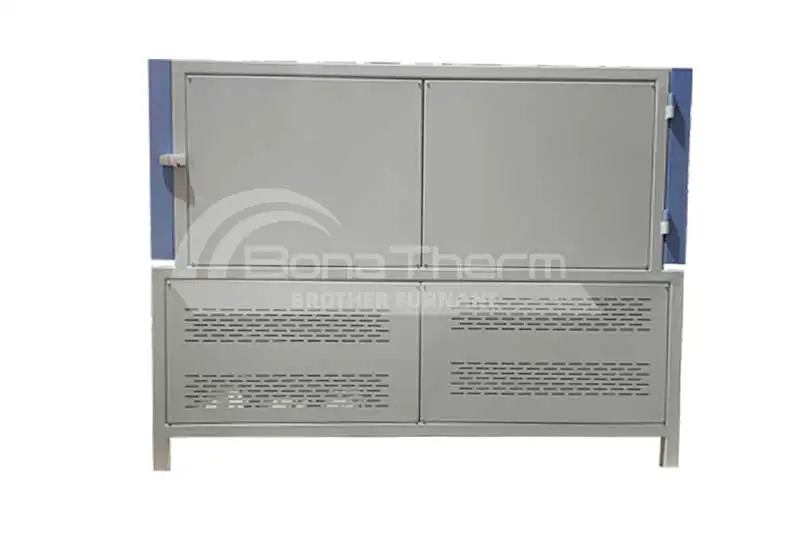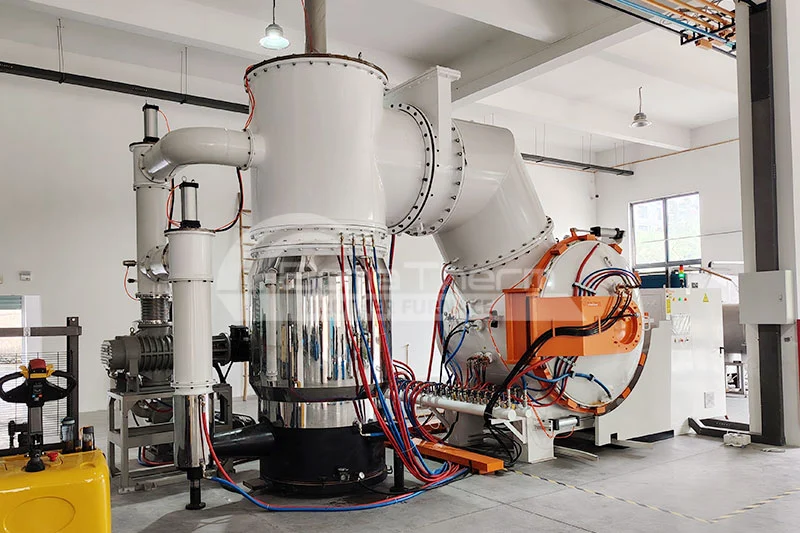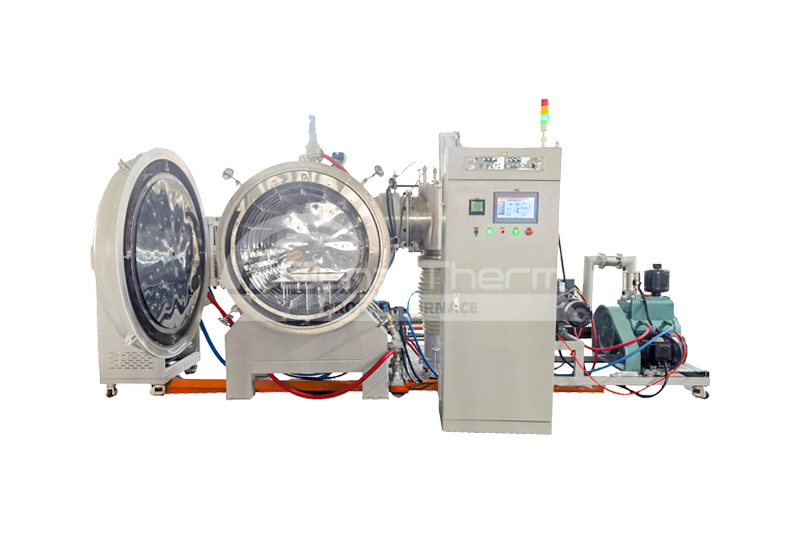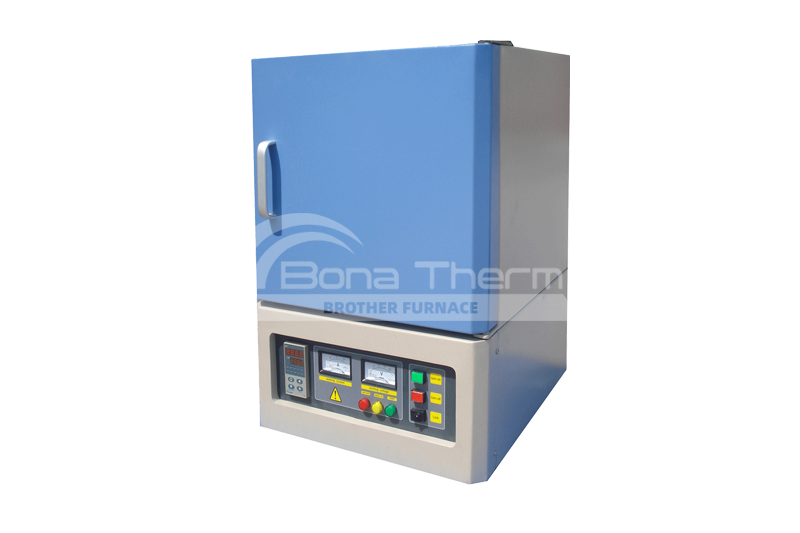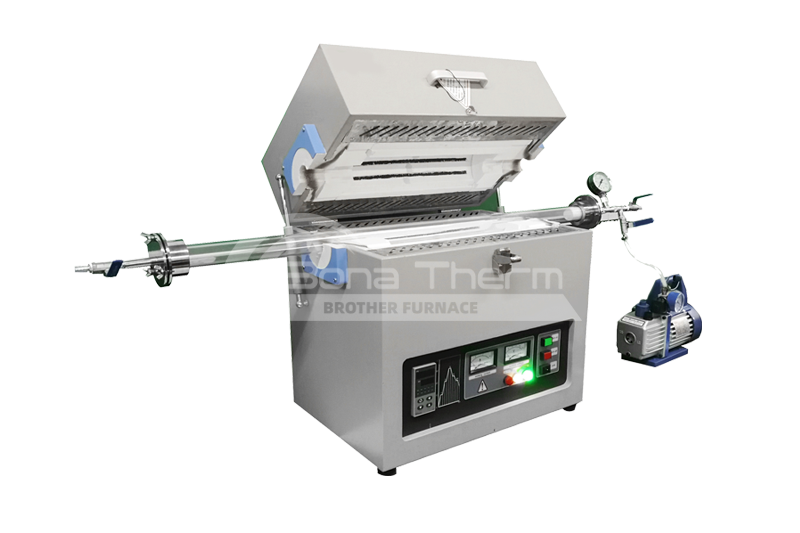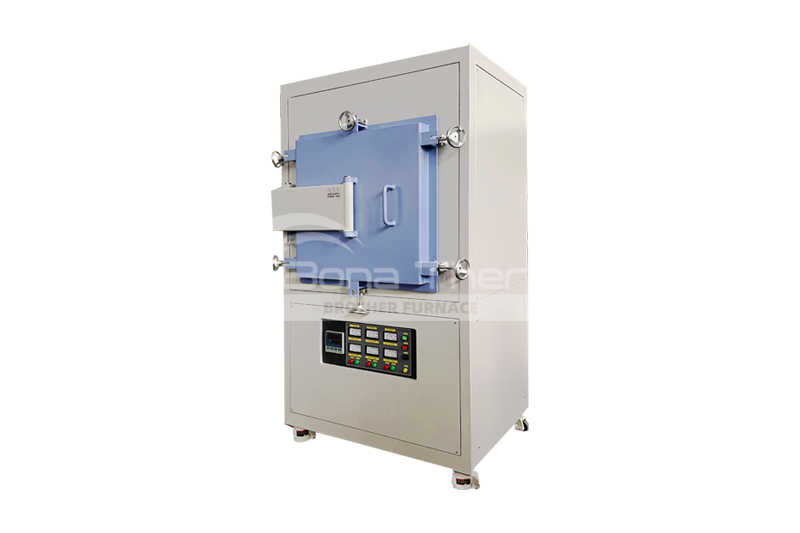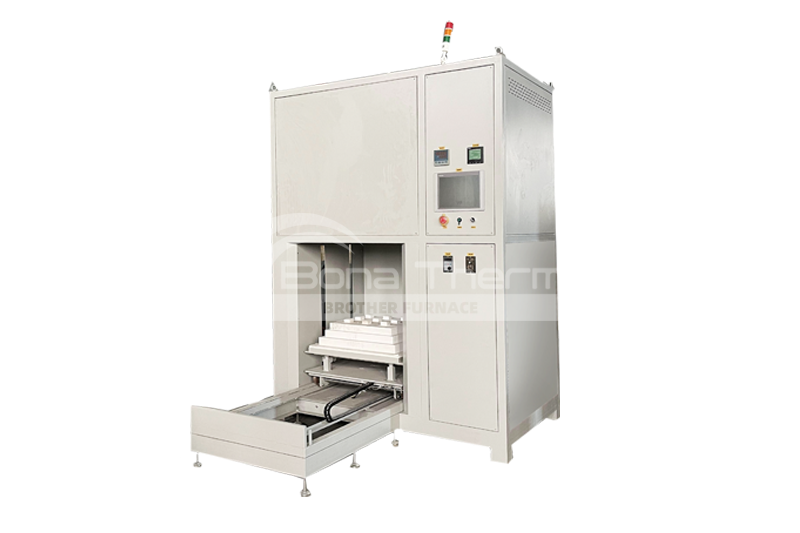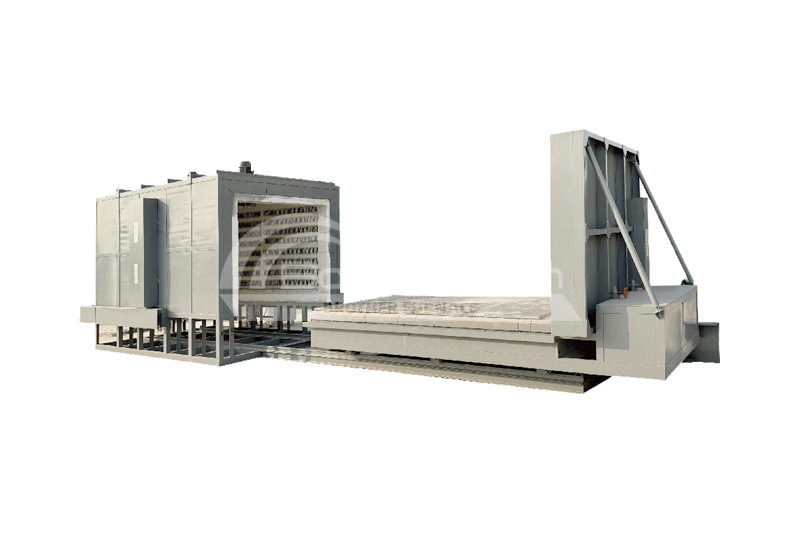Ceramic Sintering Expertise: Key Points in Process Optimization and Equipment Selection
 BROTHER FURNACE
BROTHER FURNACE
 2025-05-06 20:26
2025-05-06 20:26
Ceramic materials are widely used in aerospace, electronic equipment, and new energy industries due to their outstanding properties, such as high hardness, excellent thermal resistance, and chemical stability. However, the final performance of ceramic products depends heavily on the precise control of the sintering process. As a company specializing in the research and development of ceramic debinding and sintering furnaces, we have summarized key sintering insights based on years of technical experience and practical cases from clients, aiming to provide valuable reference for industry peers.
Key Parameters and Optimization Strategies for the Sintering Process
Sintering is a critical stage in achieving densification of ceramic materials, directly affecting the final product’s density, mechanical strength, and microstructure. The following are the four main factors for optimizing the sintering process:
1. Accurate Control of the Temperature Profile
The sintering temperature must be tailored to the material type (e.g., alumina, silicon nitride, silicon carbide). For instance, alumina typically requires 1600–1800°C, while silicon nitride demands precise control between 1700–1900°C. The heating rate should balance the decomposition of organics during the debinding phase (usually 2–5°C/min) with grain growth suppression in the high-temperature stage (can be increased to 5–10°C/min).Recommendation: Use segmented temperature control to avoid thermal stress and cracking.
2. Atmosphere Control Adaptability
The choice of oxidizing, reducing, or inert atmosphere has a direct impact on material properties. Examples include:
-
Alumina requires an air or oxygen atmosphere.
-
Silicon nitride needs high-purity nitrogen or argon protection.
-
Silicon carbide should be sintered under vacuum or inert gas to prevent oxidation.
Insight: The gas-tightness and atmosphere uniformity of the sintering furnace are critical. Regular monitoring of oxygen concentration and gas flow stability is essential.
3. Pressure Control and Densification
For materials requiring high densification (e.g., structural ceramics), hot pressing (HP) or gas pressure sintering (GPS) is recommended. For example, hot pressing at 10–50 MPa promotes particle rearrangement and can increase density to over 99% of the theoretical value.
Note: Pressure application should be synchronized with the temperature curve to avoid premature compression that may fracture particles.
4. Optimized Soaking Time
Excessive soaking can cause abnormal grain growth, while insufficient time may lead to residual porosity. Microstructural analysis (e.g., SEM) is advised to fine-tune the soaking period. For instance, zirconia ceramics typically require 1–3 hours of holding time.Common Sintering Defects and Solutions
1. Warping and Cracking
-
Causes: Large thermal gradients, residual stress from debinding, or improper stacking in the furnace.
-
Solutions: Improve temperature uniformity using multi-zone heating; adopt stepwise debinding programs; use alumina support plates to stabilize green bodies.
2. Uneven Density
-
Causes: Powder agglomeration, inconsistent packing density, or uneven gas distribution.
-
Solutions: Improve powder flowability via ball milling or spray granulation; use cold isostatic pressing (CIP) for shaping; optimize furnace gas flow design.
3. Abnormal Grain Growth
-
Causes: Local overheating or impurity accumulation.
-
Solutions: Add grain growth inhibitors (e.g., MgO for alumina); ensure high-purity raw materials (e.g., Fe content in Si₃N₄ should be below 0.1%).
Equipment Selection Recommendations
A high-performance sintering furnace is essential for reliable process implementation. Key features to consider include:
-
Multi-Atmosphere Compatibility
Support for vacuum, nitrogen, and argon atmospheres to meet diverse material requirements. -
Precise Temperature Control
Equipment with PID + fuzzy logic control is recommended to maintain temperature accuracy within ±1°C. -
Pressure Integration Modules
For hot pressing, select models with maximum pressure ≥50 MPa and pressure fluctuation <2%. -
Energy Efficiency and Stability
Use high-efficiency insulation (e.g., multi-layer carbon fiber) and redundant safety design to reduce energy consumption and extend equipment lifespan.
[Click here to learn more.]
Conclusion
The sintering of ceramic materials is both a scientific and experiential process. Through precise control of temperature, atmosphere, pressure, and other critical parameters, paired with the selection of advanced sintering equipment and intelligent upgrades, manufacturers can significantly enhance product yield and consistency. As a furnace manufacturer, we are committed to continuous innovation and supporting the ceramic industry in overcoming technical challenges and advancing toward high-end manufacturing.
For further discussion on specific sintering solutions or equipment customization, please contact our technical team.

